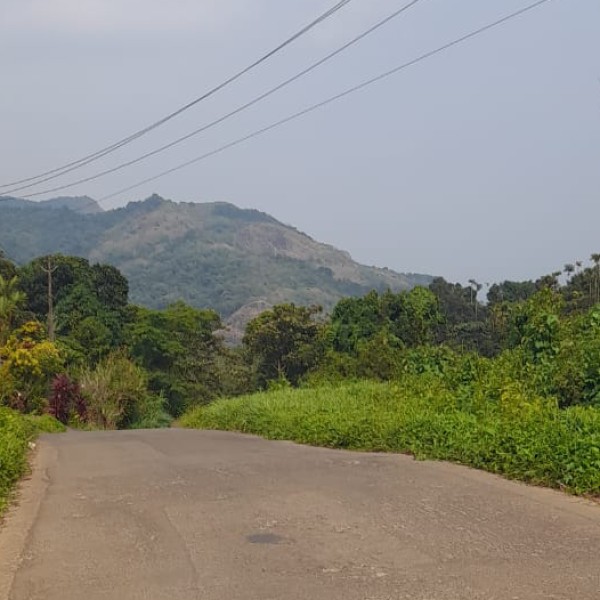Quick Facts
Location & Overview
- Situated on the banks of the Narmada River, in eastern Madhya Pradesh.
- Surrounded by rocky hills, forested regions, and river valleys.
- Known for its marble rocks, waterfalls, temples, and colonial-era architecture.
Historical & Cultural Significance
- The region was ruled by various dynasties: Mauryas, Kalachuris, Mughals, and Marathas, and was a key center during the British Raj.
- It has deep mythological connections, especially with the Narmada River, considered sacred in Hinduism.
- Jabalpur played a role in the Indian freedom movement, with many leaders emerging from the city.
What Makes Jabalpur Special?
- Home to the breathtaking Bhedaghat Marble Rocks, where the Narmada flows between towering cliffs.
- Famous for Dhuandhar Falls, where water cascades in a cloud-like spray.
- A growing city with a blend of nature, history, spirituality, and modern amenities.
- Important Indian Army and defense manufacturing base.
Modern Jabalpur
- A major center for education, defense, and research, with institutions like:
✔️ Rani Durgavati University
✔️ Jawaharlal Nehru Krishi Vishwavidyalaya
✔️ Ordnance Factory and DRDO centers
- Well-developed in terms of transport, shopping complexes, hotels, and infrastructure.
Best Time to Visit
- October to March – Cool and pleasant weather, ideal for sightseeing and boat rides.
- Monsoon (July to September) – Dhuandhar Falls and greenery are at their peak, but expect slippery paths.
- Summer (April to June) – Hot; best to stay indoors during peak afternoon hours.
Why Visit Jabalpur?
✔️ Witness the majestic Marble Rocks and Dhuandhar Falls
✔️ Explore the sacred Narmada Ghats and temples
✔️ Visit fossil parks, museums, and colonial churches
✔️ Great base for nearby wildlife sanctuaries like Kanha and Bandhavgarh
✔️ Enjoy boat rides, cable cars, and river-side sunsets
